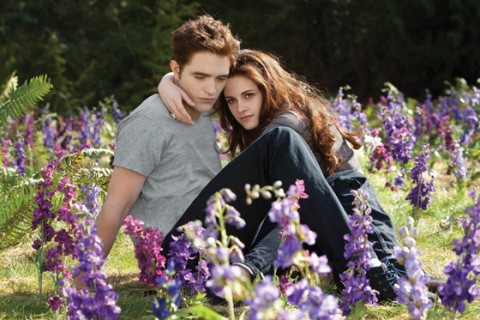The lure of Mormon romance

The fifth and final movie installment of the Twilight Saga, Breaking Dawn, Part 2, closes the circle on a seven-year obsession with Bella Swan and her journey toward immortal life and eternal love. In case you haven’t caught up on the series, which is based on the young adult romance books by Stephenie Meyer, let me bring you up to speed.
Bella Swan, clumsy, awkward and inward, meets and falls for the impossibly beautiful, graceful and broody Edward Cullen, who turns out to be not only a vampire but a rare breed of vampire who masters his lust for human blood and subsists on animal blood alone. Their love is instantaneous and all-consuming, and it takes Bella only a few months to decide she wants to become a vampire herself to be with Edward forever. Through a strange game of lovers’ bargaining—she wants to have sex while she is still a human, he wants to marry her first—Bella conceives a half-human, half-vampire child and almost dies in childbirth. In her death throes, Edward turns her into a vampire, and their forever after is secured.
A lot has been made about Meyer’s Mormonism in trying to explain the appeal of this abstinence-only-themed girl-meets-vampire romance. I think the better marker of Meyer’s Mormonism is the subtle way she tweaks the standard happily ever after of teen romance. Maybe I’m influenced by having read the Twilight series at the same time I was watching the HBO drama Big Love (2006–2011), which is about a fundamentalist Mormon family that practices plural marriage while trying to blend into suburbia.




